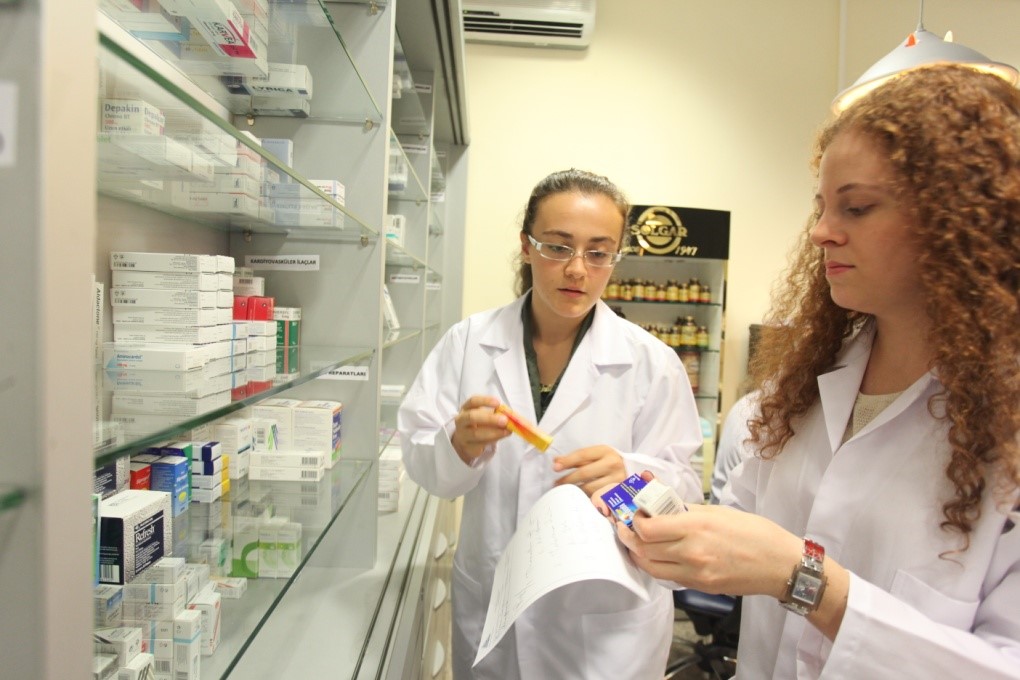
What is Physical Therapy?
The American Physical Treatment Association specifies physical therapy as "... a health profession whose main function is the promo of ideal human health and function through the application of scientific concepts to avoid, determine, evaluate, correct, or alleviate intense or extended movement dysfunction".
Physical Therapy is a profession whose main function is the remediation, maintenance, and promo of optimum health, function, and quality of life for people of any ages. The science of physical treatment involves the application of therapeutic modalities, strategies, and interventions that assist restore a person to their optimum physical capacity. The art of physical therapy is helping individuals assist themselves.
In laws and regulations defining practice, physical treatment is frequently defined as the care and services provided by a physiotherapist or a physiotherapist assistant under the direction and guidance of a physiotherapist, and include:
Reducing problems and practical restriction by designing, carrying out, and customizing restorative interventions;
Preventing injury, problems, practical restriction and disability; and Taking part in assessment, education, and research.
More information about the occupation of physical therapy may be gotten by going to the American Physical Therapy Association's web site at www.apta.org
Who are Physiotherapist Assistants?
Physical Therapist Assistants, or PTA's, are experienced healthcare companies who work with and under the instructions and guidance of a physical therapist to provide physical treatment services. In order for a private to practice as a PTA, they must finish from a certified PTA program and successfully pass a licensing/certification test.
PTA's play an essential role in supplying physical therapy services for individuals with different disabilities. When a client looks for or is referred for physical therapy services, the physiotherapist carries out an initial examination and describes a plan of care. The PTA can then bring out all or part of the treatment plan as instructed by the physical therapist.
The American Physical Treatment Association acknowledges the PTA as the only individual who helps the physical therapist in the delivery of chosen physical therapy interventions.
What does a Physiotherapist Assistant do?
The physical therapist assistant (PTA) performs physical treatment interventions and related jobs under the direction and guidance of a physical therapist. Such duties might include training clients in restorative exercise and activities of everyday living, using physical representatives such as cold, heat, electrical power, or water for pain relief and recovery, instructing individuals in making use of assistive gadgets for strolling, participating in injury care, promoting wellness and injury avoidance, offering patient and household education, training patients in wheelchair activities, helping the physical therapist in carrying out patient assessments and complicated interventions, and much more.
The PTA likewise monitors the client's reaction to treatment, carries out different tests and measures, files relevant elements of patient care, and keeps ongoing interaction with the supervising physiotherapist, in addition to other health care experts.
What is the difference in between a PT and a PTA?
The physical therapist (PT) and the physiotherapist assistant (PTA) differ in instructional preparation and levels of obligations as it connects to the provision of physical treatment services.
Today, the overwhelming bulk of PT schools educate physiotherapists at the Doctorate level, although many practicing therapists were informed when programs required just a Master's or Bachelor's degree. The PTA is educated at the Partner's degree level, which generally relates to two years of college.
The PTA has a working understanding of the theory behind treatment interventions, knows pathological conditions being dealt with, and understands how to use modalities and strategies used to deal with those conditions.
The PT has extensive education in evaluative abilities, research, and administration, in addition to advanced coursework in human anatomy, neuroanatomy, orthopedics, pathology, and restorative techniques. Both the PT and the PTA should graduate from certified programs and pass a licensing examination in order to practice in their particular functions.
Consumers/patients may look for the services of the physical therapist straight, or, the patient might be referred to a physiotherapist by a physician. The PT carries out the preliminary evaluation and examination of the patient. The examination will result in a physical treatment diagnosis, and as suitable, the PT will establish goals or results to be accomplished by a physical treatment plan of care and treatment strategy.
The PTA can not perform the initial assessment or evaluation; nevertheless, the PTA may help the PT in collecting data. Following the examination of the patient, the PTA might perform chosen interventions and information collection as directed by the monitoring PT. The PTA should constantly work under the direction and guidance of a physical therapist. The collaborative relationship in between the PT/PTA is highly efficient and valued, and the team significantly adds Discover more here to the success of the overall rehab process.